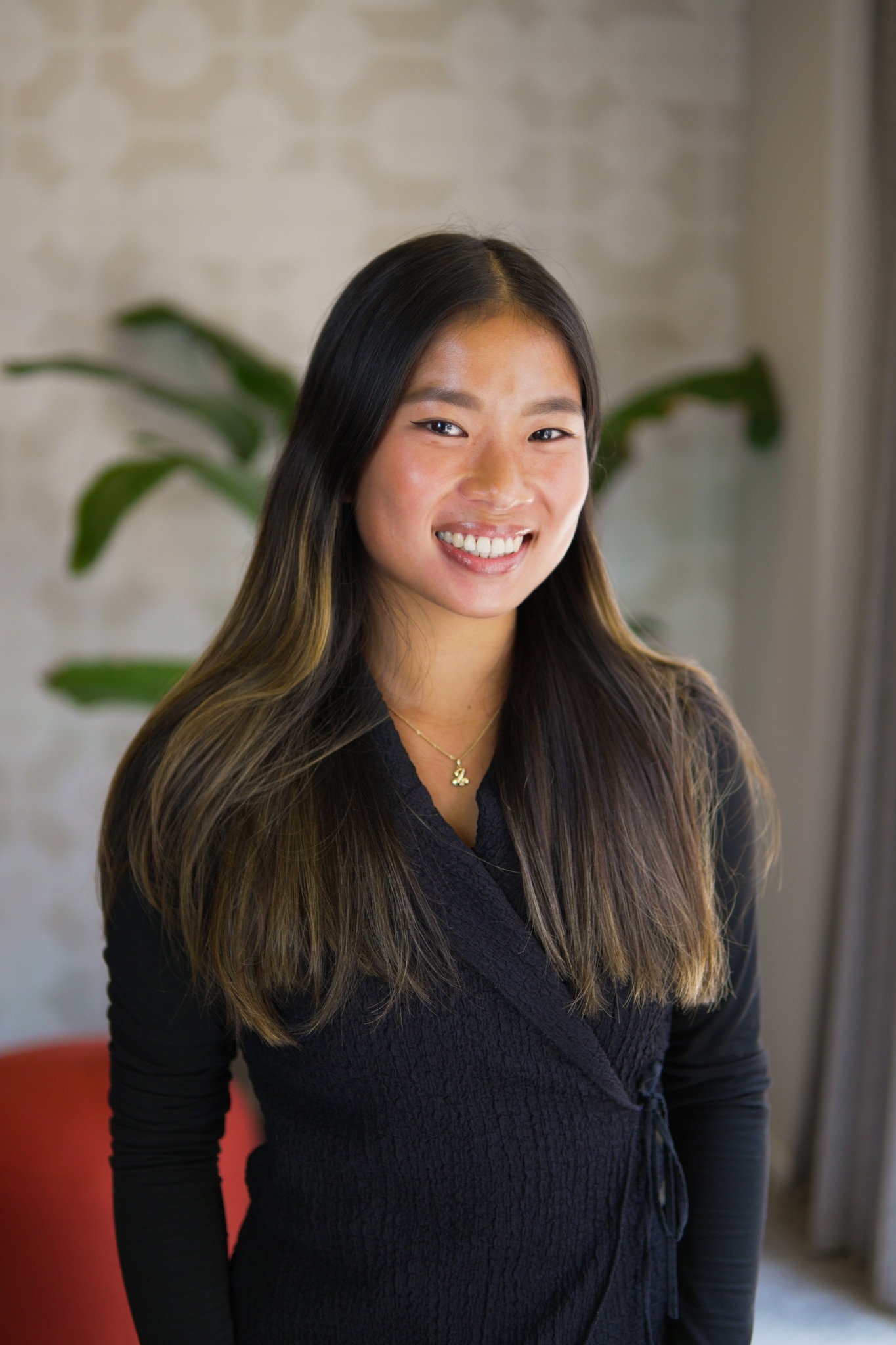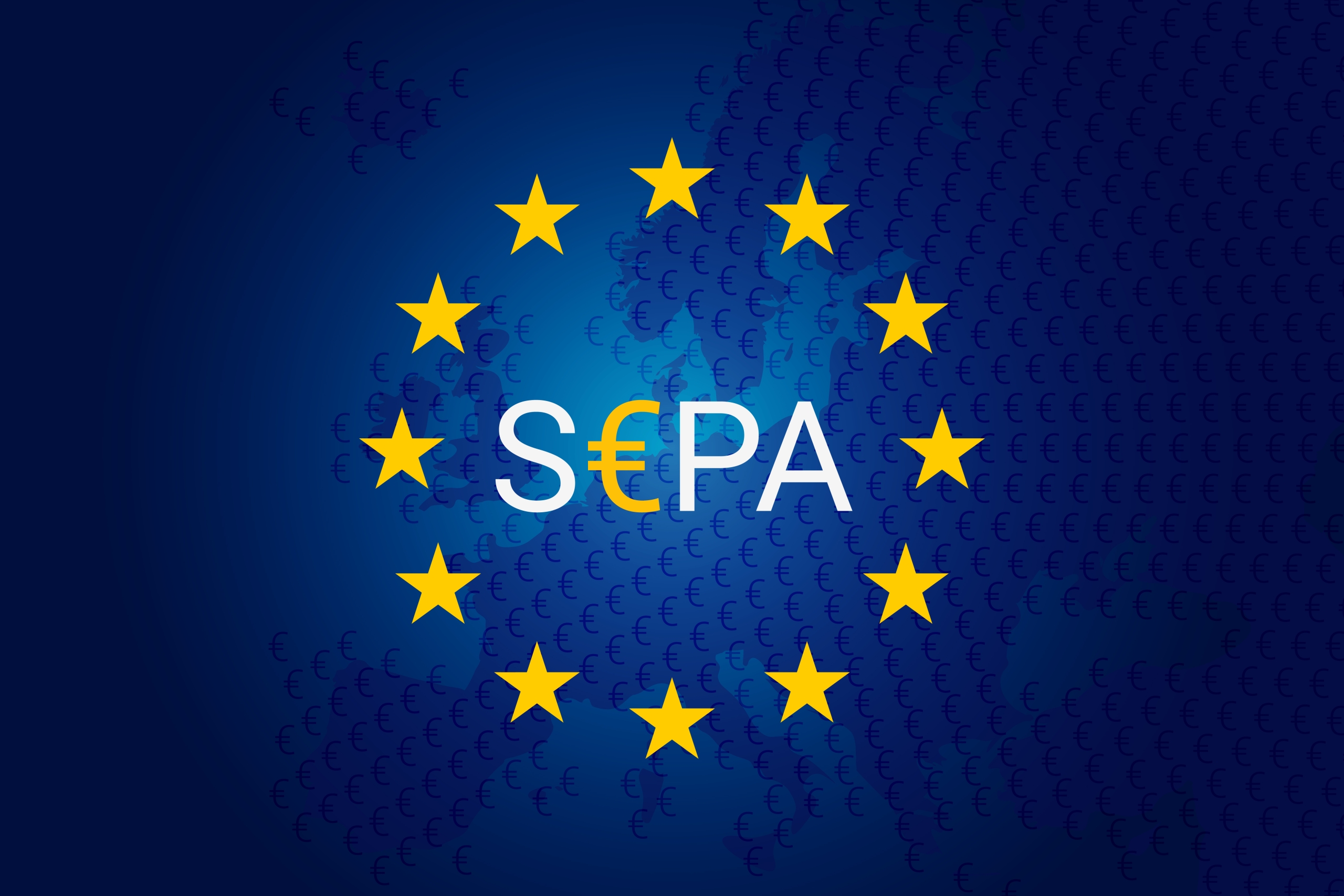A SEPA payment is a euro-denominated bank transfer between accounts within the Single Euro Payments Area. For US-based businesses operating in Europe, SEPA simplifies cross-border euro transactions, making them as straightforward as local payments. On this page, you’ll find out what SEPA means for your business.
Table of contents:








